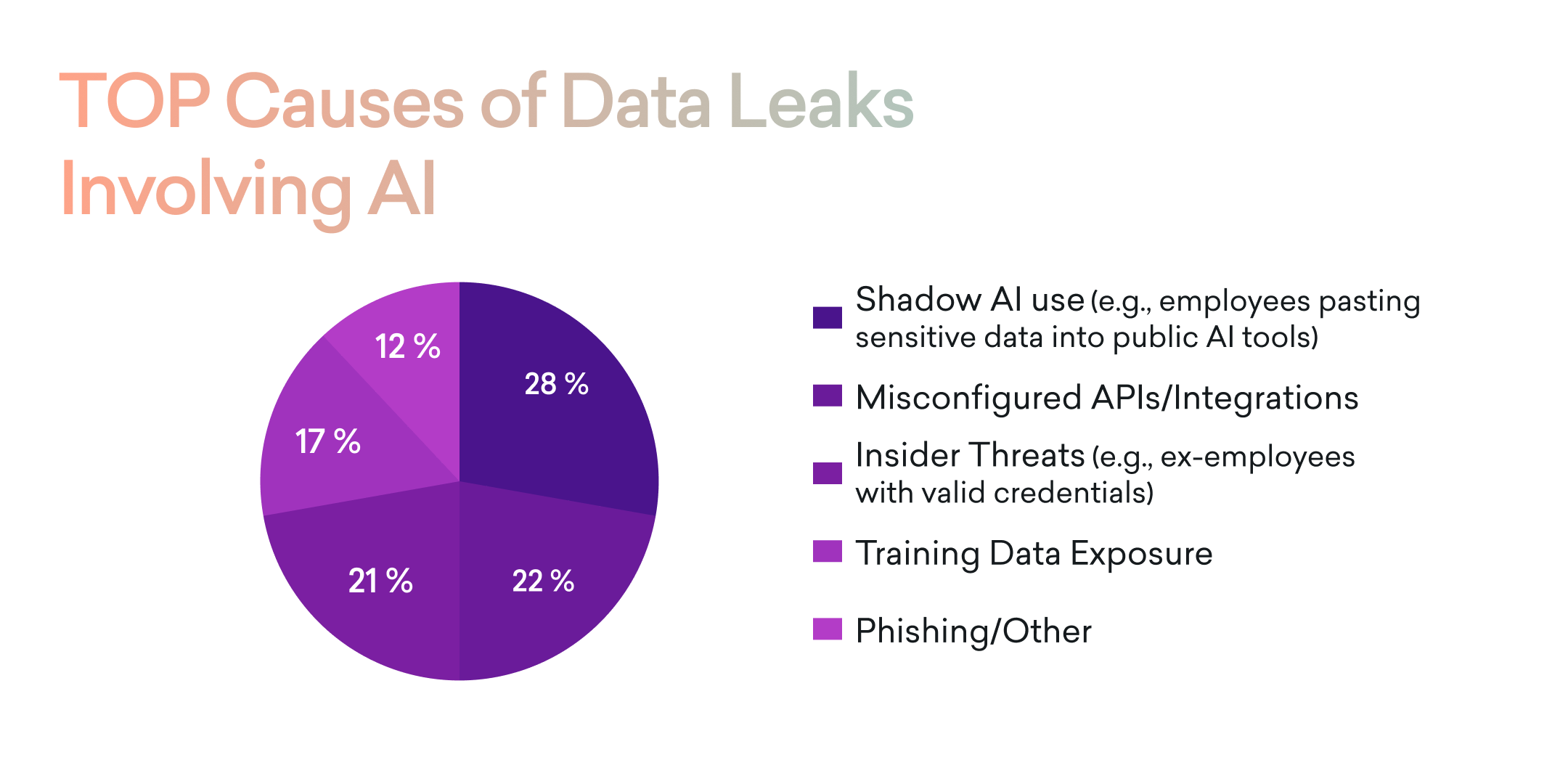In app development, two roads diverge: native and cross-platform development. Each comes with its own set of advantages and trade-offs, impacting an app's performance and reach. Native development is like tailored precision for specific platforms, while cross-platform promises versatility. Keep reading to navigate the intricacies and choose the optimal route for your development journey.
Native development is like tailoring a suit specifically for a single occasion – iOS or Android. You craft the code using platform-specific tools like Swift or Java, ensuring it fits perfectly. The perk? Your app performs like a champion because it's optimized for that one platform, utilizing all the latest features and tools available.
Cross-platform development is more like having a versatile outfit that looks good on various occasions. You create a single set of code that smoothly runs on different platforms, be it iOS, Android, or Windows. This trend is on the rise due to its cost-effectiveness, speedy development cycles, and easier maintenance across the board. Think about it: one update, and it applies everywhere, maintaining consistency and minimizing hiccups.
Pros and Cons of Native Development
Native development offers clear advantages that contribute to peak app performance. Through a tailored approach for a single platform, apps achieve exceptional optimization and responsiveness. This method guarantees smooth integration with operating systems, delivering a good user experience via the latest features and APIs. Swift adoption of new platform features is another perk, ensuring timely access to advanced functionalities.
However, these benefits do bring certain considerations. Native development necessitates separate codebases for each platform, which results in higher costs and extended development schedules compared to cross-platform alternatives. Crafting platform-specific code can be intricate and pose challenges for those less acquainted with varied platforms. The distinct App Store approval processes for each platform further add complexity, as developers must manage separate reviews.
Notwithstanding these limitations, native development remains the preferred choice for apps prioritizing performance and advanced features. Choosing between native and cross-platform development requires carefully considering these factors in relation to the project's needs and limitations.
Pros and Cons of Cross-Platform Development
Cross-platform development offers valuable benefits for efficient app creation. Developers can write code once and apply it across various platforms, saving time and resources. Building a single app for various platforms is cost-effective and reduces expenses compared to separate development.
Maintenance is streamlined as cross-platform apps share a common codebase, simplifying updates. Tools like Xamarin and Race Native accelerate development, making cross-platform development an attractive option for swift app creation.
However, challenges arise. Performance can be compromised due to shared code impacting speed. Platform-specific features are limited, affecting functionality and user experience. Compatibility issues across devices may surface, requiring meticulous troubleshooting. Regardless, cross-platform development remains a practical choice for businesses that prioritize efficiency and cost-effectiveness, given its benefits align with their objectives.
Choosing the Right Approach
Selecting the ideal development approach for your project demands careful deliberation across various aspects. The factors like project requirements, timeline, budget, and target audience play pivotal roles in guiding your decision. Here are fundamental considerations to keep in mind:
- Project Requirements: If leveraging the latest platform features and APIs is a priority, native development may hold the advantage. Conversely, if you seek code reusability across platforms, cross-platform development could be the optimal path.
- Timeline: If time is tight, cross-platform development proves efficient. However, for a blend of performance and deep OS integration, native development takes precedence.
- Budget: Native development frequently involves higher costs due to platform-specific codebases. Meanwhile, cross-platform development offers cost-effectiveness by covering multiple platforms with one codebase.
- Target Audience: Tailoring to a specific platform's audience favors native development, enhancing performance and user experience. Yet, for broad outreach across platforms, cross-platform development provides adaptability.
Balancing Factors for Smooth Development
Considering these factors helps you to choose a path aligned with your project's aspirations. While switching from one approach to another is possible, it can entail substantial effort, time, and cost. The extent of these factors depends on your project's complexity and the technologies involved. Opting for the correct approach from the outset is advisable to circumvent the necessity of transitioning down the line.
Struggling to make the right choice? At Cleevio, we excel in steering businesses through the development journey. Whether it's native or cross-platform, our experts adeptly navigate the intricacies to help you select the optimum path for your project.
Contact us today to ensure your app's success.





.png)

.avif)


